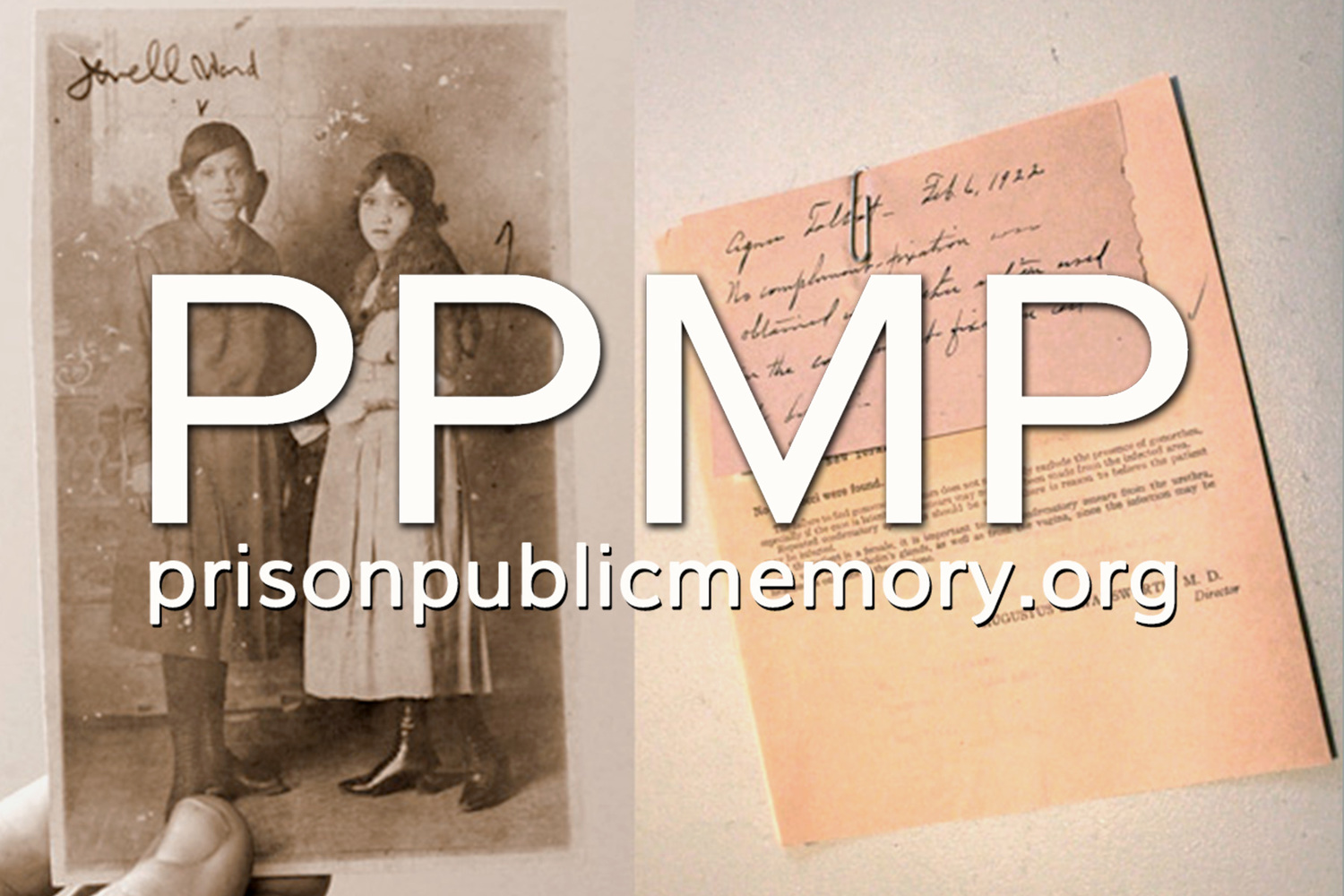Prison Public Memory Project featured in NEXT CITY Magazine
/Prison Public Memory Project Founder/Director Tracy Huling was recently interviewed for an article appearing in NEXT CITY magazine. Below is an excerpt from the article, "Redesigning a Prison Town," written by NEXTCITY.org author and contributor Anna Clark. Huling describes the importance of working with the (mostly rural) communities that host prisons to document and reflect upon their history and urges the creation of local ‘sites of prison memory.'
An interesting experiment in prison reuse is playing out in New York, where Governor Andrew Cuomo is recalibrating the corrections system. Early in his administration, he traded on his popular support to begin the process of closing prisons, and so far, 13 adult prisons and numerous juvenile facilities have been shuttered. This was tricky to do. Even though New York’s prison population had decreased by 22 percent, closure was viewed warily by the small prison towns and the strong unions of corrections officers. But the backlash was subdued by the government’s commitment to give a $10 million economic transformation grant to each community that lost a prison.
It’s more than the economy that needs to change. Tracy Huling is a New York resident, a Soros Justice Fellow and founder of Yes in My Backyard, a site dedicated to prison reuse. She is on a mission to help communities move beyond their identities and limitations as prison towns — and that includes digging into the emotional history of historic and intergenerational prison towns. “How do you help people change their culture, when forcing a change in industry can be very painful and disruptive and even create some war within the community?” Huling asks.
To explore the answer to that question, Huling founded the Prison Public Memory Project. It is designed to use culture to change culture. It is a vehicle for documenting and interpreting the history of prison towns, in partnership with local residents, “so that their history is not ripped away from them with no acknowledgement that there was anything good that might have come from their work.” Indeed, while this work is about a community grappling with its own dark histories, it is also about acknowledging positive outcomes, whether it was staff members who were able to pay off their mortgages with their stable jobs or people who, while in prison, learned how to read. “We acknowledge the suffering, but we also need to acknowledge that people make meaning out of that,” Huling says.
They have begun with Hudson, New York, where a very old local prison has served, variously, as a reformatory for women, a detention center for girls and a men’s prison. Because of its age, it is on the shortlist for closure, and Huling was interested in beginning the memory project before the community absorbs the shock. Local people were hired to begin with archival research and oral histories. Programming, from illustrated lectures to community photo shoots to story sharing at the library, invites residents into the conversation...
After its third year of working in Hudson, the Prison Public Memory Project received funding to take what it’s learned and do two things: to create a permanent site of prison memory in Hudson and to create a national organization that will provide assistance to towns around the country that are transitioning from their prison culture. Huling is on the brink of putting together a national board of directors.
For prison towns looking to find their way to a new identity, Huling cautions them against trading one unwanted land use for another. Exchanging a prison for, say, a factory farm, doesn’t go far. And transitioning the prison into another lock-up, like an immigrant detention center, is also unsustainable in the long run. “We know that prisons, even though they provide good-paying jobs, are not actually good for economic development over a long period of time,” Huling says.
A proper transition should also include a long-term initiative to collect and acknowledge the history of the prison, as Huling is pioneering. That includes a permanent site of prison memory. “Those places have affected thousands and thousands of lives very profoundly,” Huling says. “It’s both the right thing to do, and a very proactive way to build community.”
***
Read the full article at NEXTCITY.org


